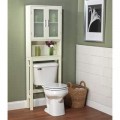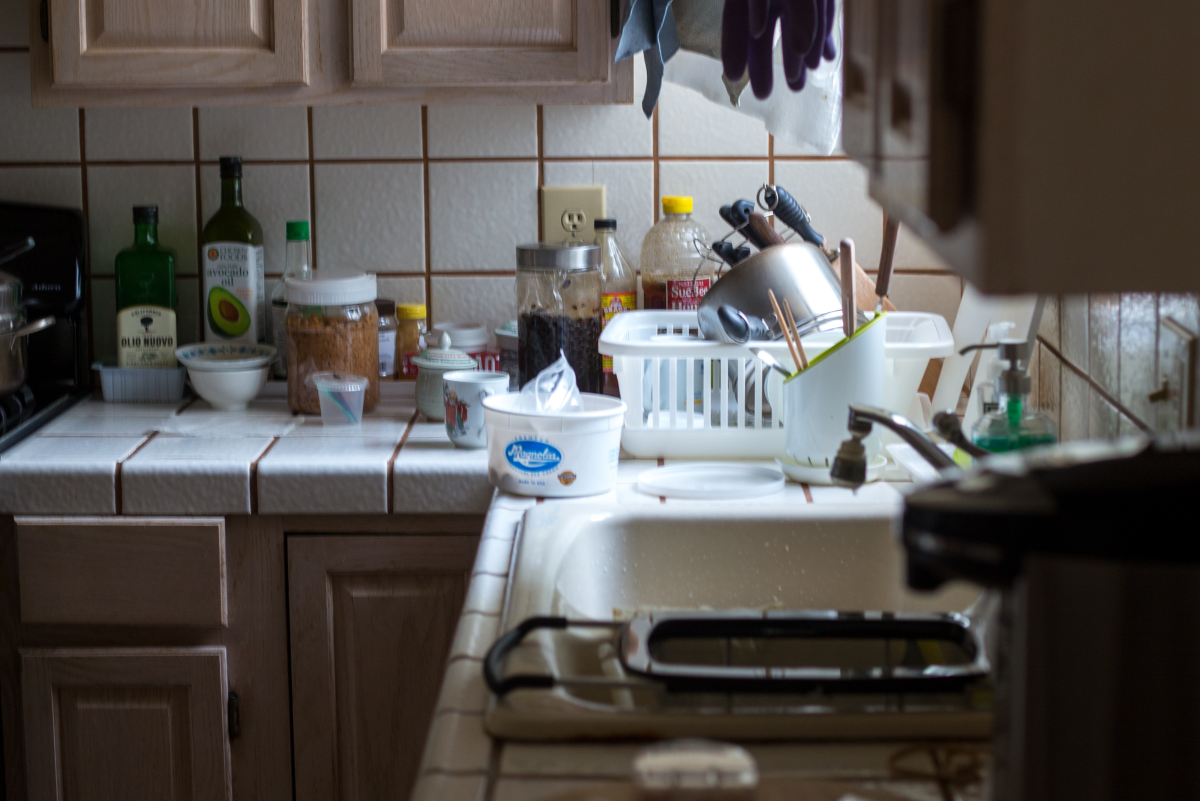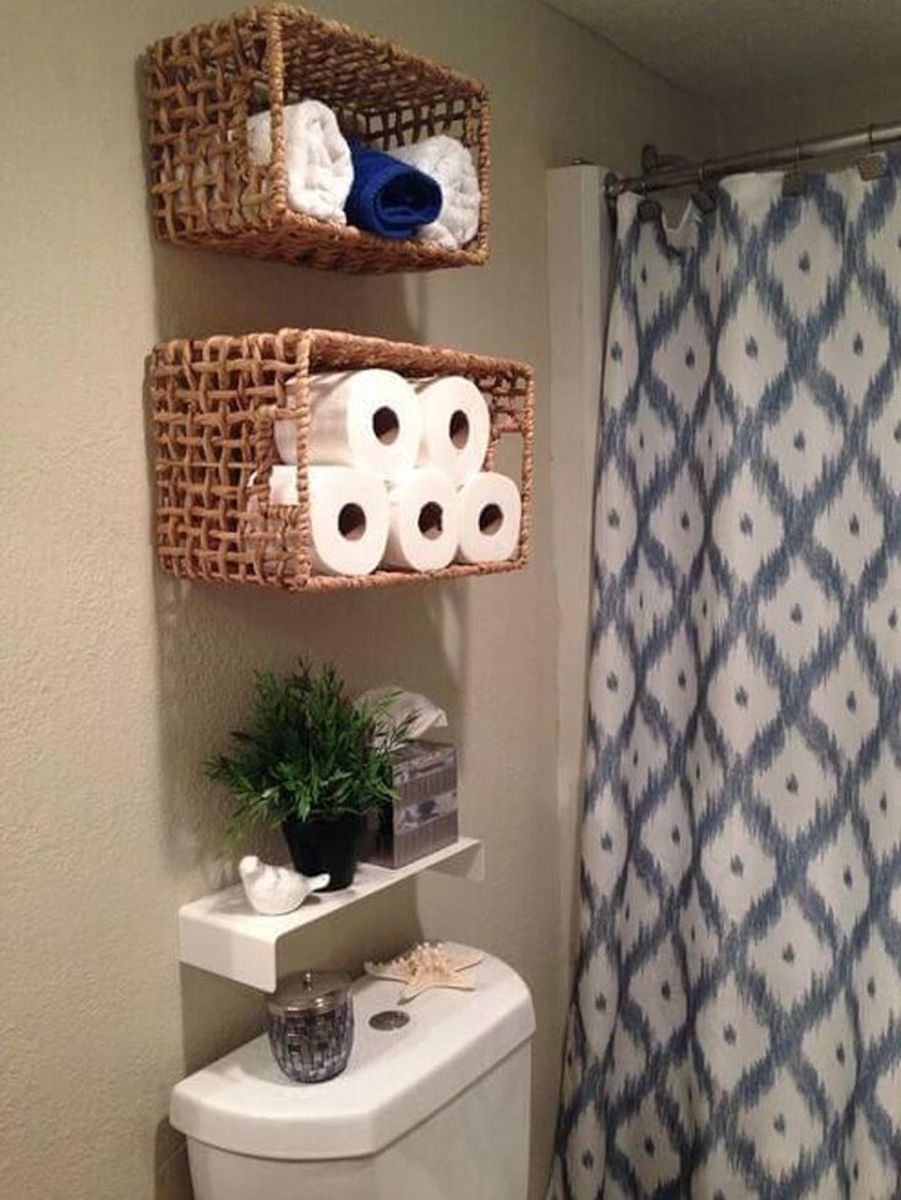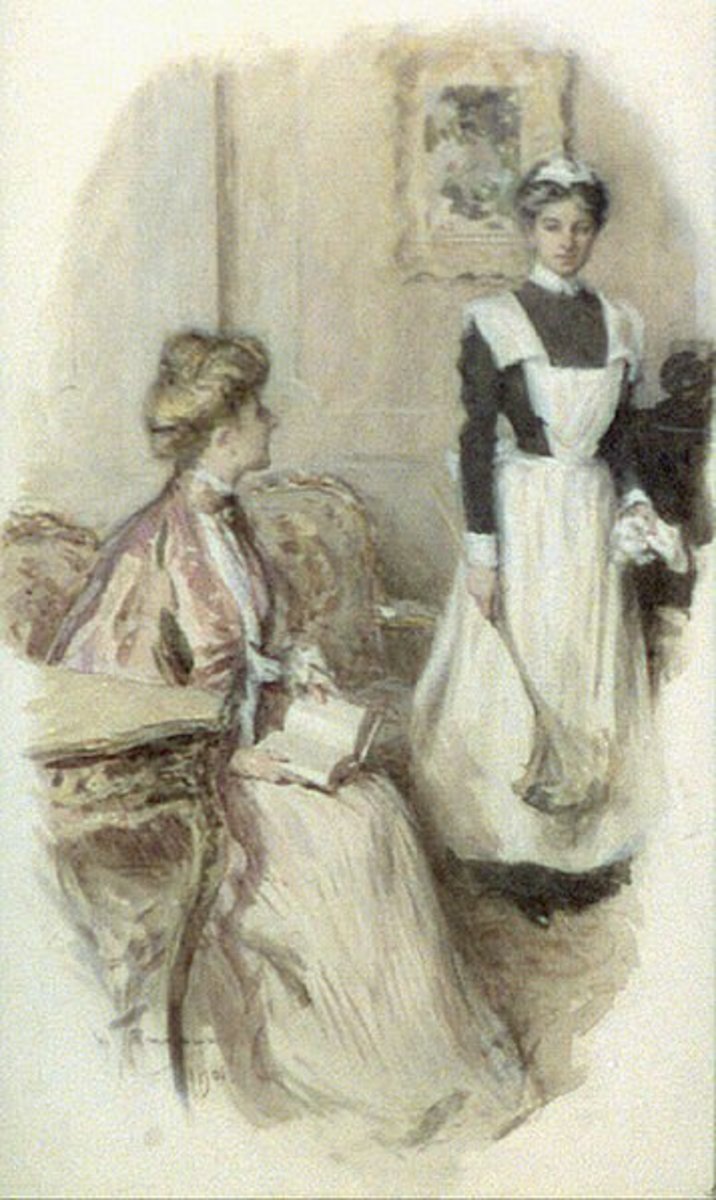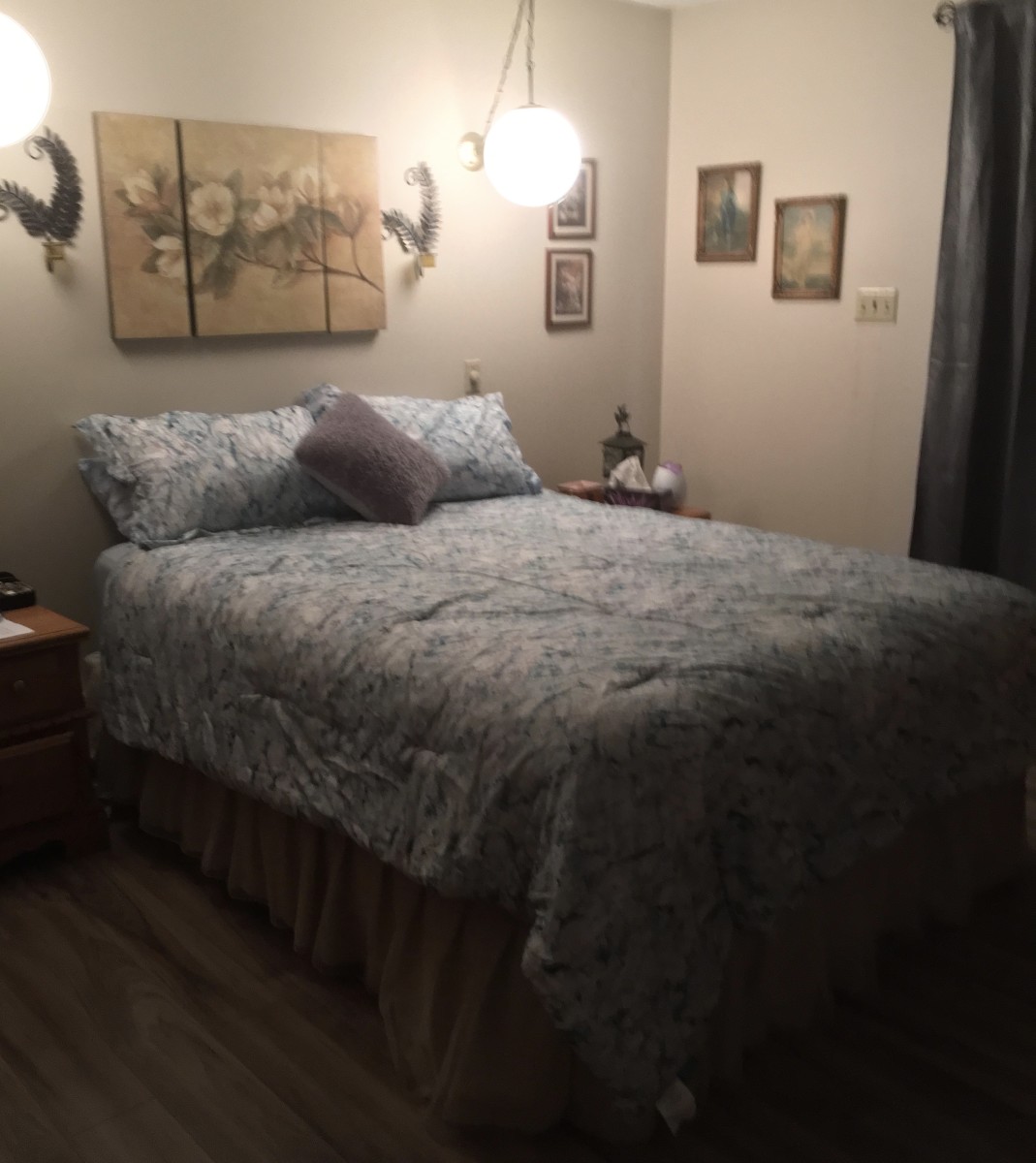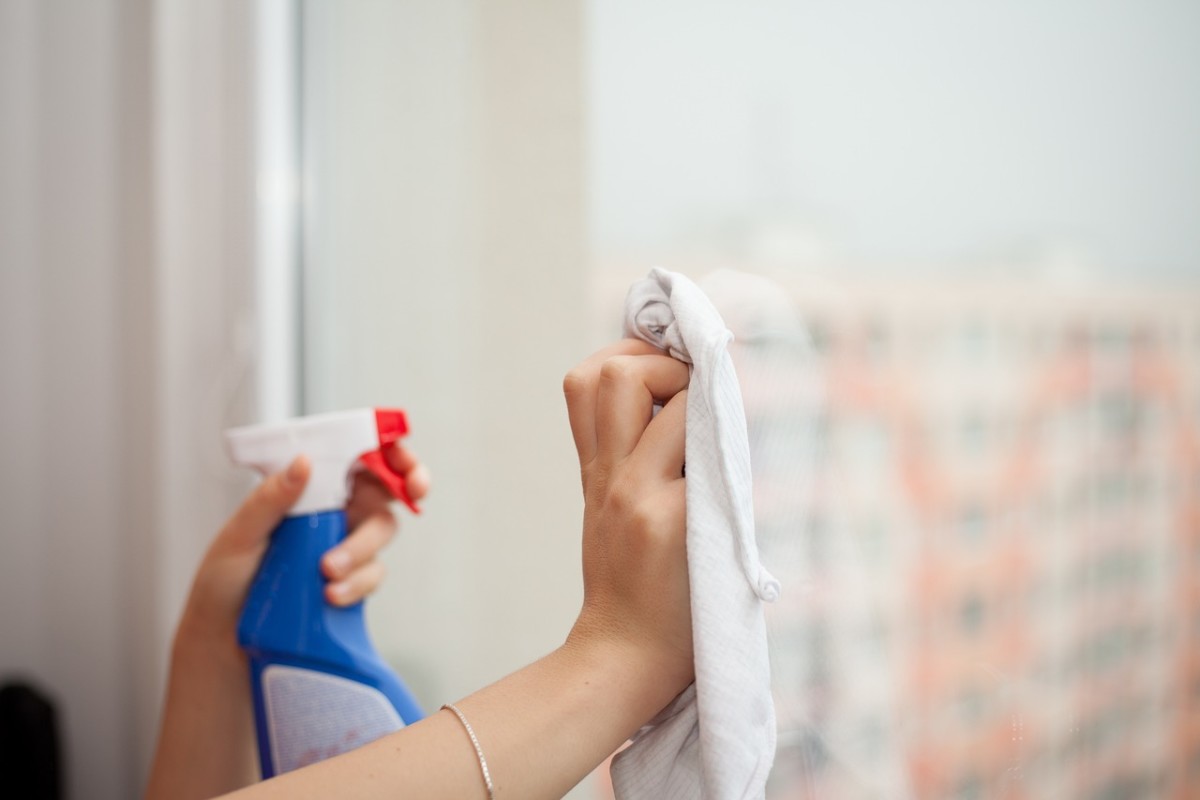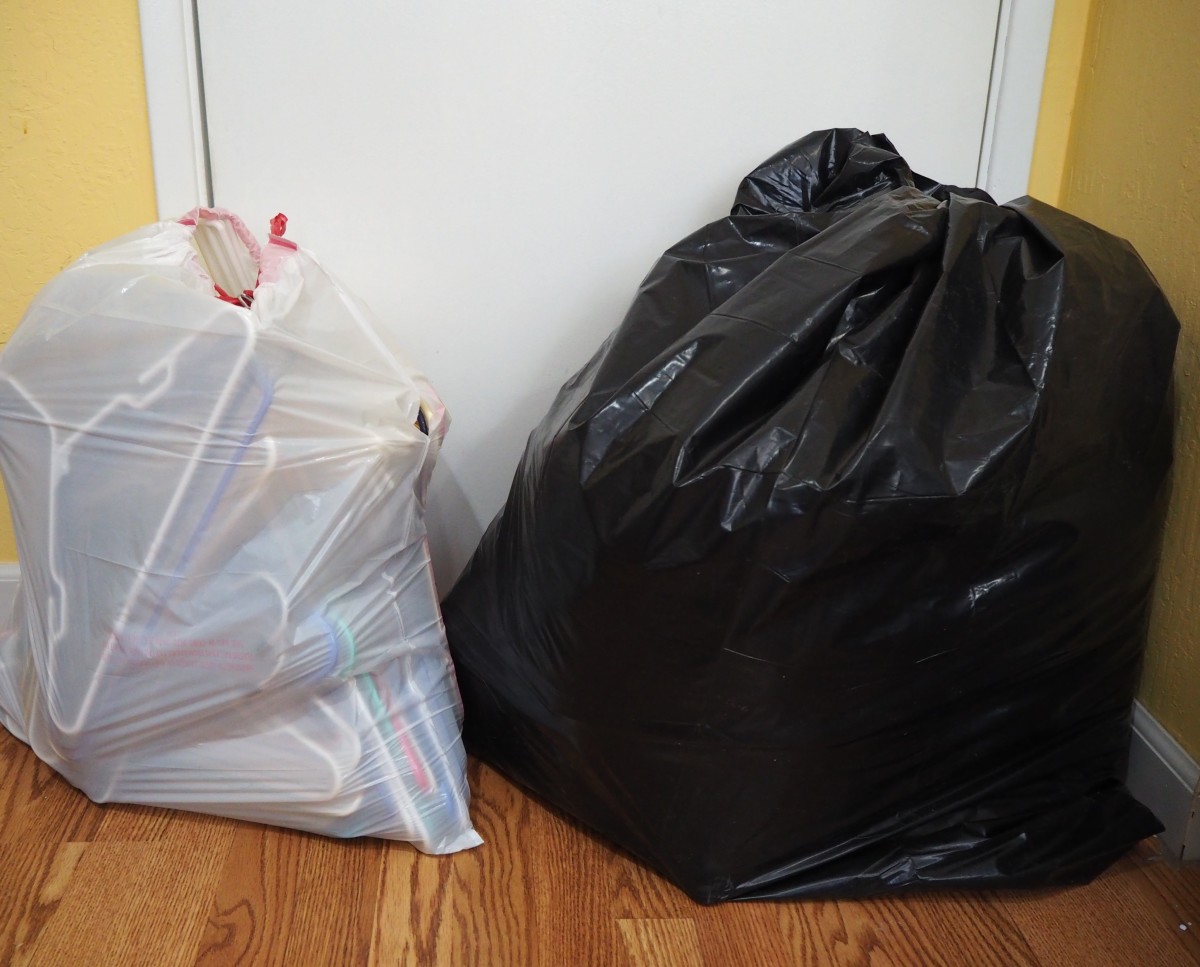- HubPages»
- Home and Garden»
- Cleaning»
- Organizing & Decluttering
Say No to the Lure of Organized Clutter
What Is Organized Clutter?
Clutter is the things that you don’t need, use, or like but continue to hold onto. Clutter can also be things that don’t get put away, in many cases, because you don’t know where the items belong in your home or because there’s no space to put the items away.
When you confuse the things that you don’t need to own with the things you use but don’t know where to store, you risk wasting time and money on organizing gadgets and systems.
Clearing clutter creates space in your home which makes it easier to store useful items and find them when you need them.
On the other hand, organized clutter is the result of storing unnecessary items in organizing products such as bins, boxes, drawers, carts, free-standing cabinets, caddies and totes, sheds, and shelves. All these products take up space and can leave your home feeling more crowded.
Organizing Is Useful, Not Just Decorative
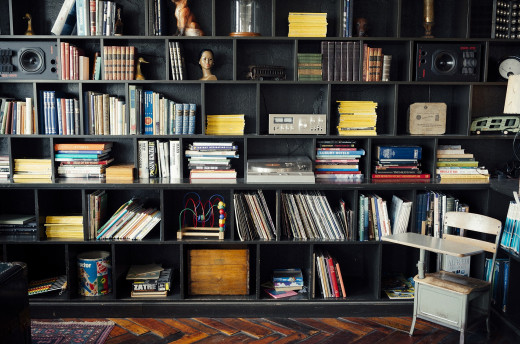
A Key Quality to an Organized Home
Finding what you want, when you need it
Start Organizing Your Home with This Step
The first step in organizing is decluttering – getting rid of the things you don’t use, need, or like. Many people make the mistake of thinking that they need a shelving unit with labeled bins or some other gadgets in order to tidy the stuff that they have.
However, if you’ll never take the items out of those bins then you’ve wasted your time shopping for the bins as well as putting your stuff in those boxes. And, you’ve spent a lot of money on storage for items that will never again see the light of day.
Make It Easy to Use Your Stuff
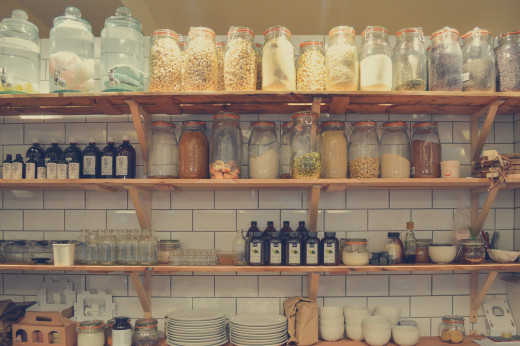
Different Ways to Declutter Your Stuff
Here’s two general ways to declutter – by room or by category of item. In some cases, a category of items gets stored in one room (say, kitchen stuff).
Declutter by Category. I like decluttering by category – clothing, books, dishes, knickknacks – because you can compare similar items. You also get to see the quantities you own – 50 tee shirts, 37 mugs, 18 bath towels.
This helps you to make better judgements about how many items you actually need in your life.
Declutter by Room. Decluttering room-by-room is useful, particularly if you have a specific goal for a room. Maybe you want to make space in the family room so it’s a more welcoming space for everyone to watch television or play games. Maybe you have a houseguest coming soon and you need to empty the guest room that has been acting as a storage space for things you didn’t know what to do with for a couple of years.
In all those cases, your focus is more on the space than on a particular type of item.
Decluttering Options
How Do You Declutter?
Clearing Stuff Creates Open Spaces
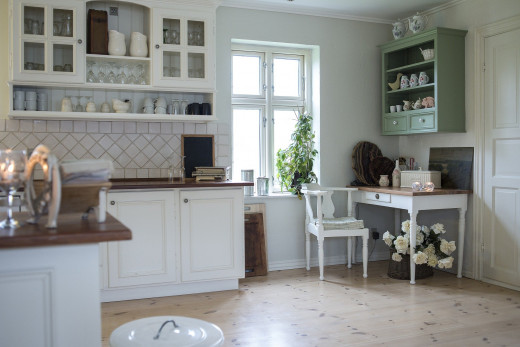
How to Declutter by Category
- Gather all the items in the category to one place.
- Group items into subcategories – plates, bowls, mugs, glasses; tee shirts, jeans, skirts; self-help books, mysteries, parenting.
- Sort through each category and remove those that you don’t use, want, or like.
- Return the items you're keeping to their space; or, find a new place to store them.
- Consider if an organizing product would make it easier for you to access the things you have here. If you aren’t certain, buy nothing and simply notice any issues that arise while retrieving items or putting them away.
Organizing Products Should Be Helpful

How to Declutter by Room
- Quickly walk around the room with a trash bag and pick up anything that can get tossed.
- Do another walk around the room gathering anything that belongs in another room. (Don’t worry about putting away these items neatly, simply put the stuff in the room where it belongs.)
- Focus on non-furniture items that are piled or stored on the floor.
- Move around the room more slowly, filling a box with items that can be sold, given away or donated. Focus on the stuff that’s out in the open. Right now, ignore things that are in boxes, bins, cabinets, or closets.
- Now, you’ll go into cabinets and drawers and declutter each small space.
- Look at all the items hanging on the wall – photos, artwork, knickknacks – and consider if you still want all these things.
- Consider if each piece of furniture is serving the function that you want it to. Decluttering furniture creates a lot of space very quickly!
- Move through the room again, seeing if there is anything else that you’ve decided you don’t need.
After You Clear the Clutter
Wait a while before buying any organizing products. See what issues arise. If you find yourself saying something like, “I wish this stack wouldn’t keep tipping over,” that’s a sign that you could use a product to keep the items upright.
Organize What You’re Keeping
The first rule to organizing is to give everything a ‘home.’ You know the dishes are stored in this cabinet on that shelf. You know which drawer holds your socks. You know where to find the gift wrap and tape.
Things that get used all the time should be stored in the most convenient space. Less frequently used items belong slightly out of the way – say, a high or low shelf. Things that are used once a year or during a single season will spend most of their time in storage – the garage, attic or basement; or someplace that requires a step ladder or kneeling on the floor to reach.
Of course, you should also consider how heavy the item is – don’t store that 6qt. slow cooker on a high shelf!
The second rule to organizing is that each space has a limit. Only so many books will fit on that shelf until it starts looking messy. If you try to squeeze too many items into a drawer, you won’t be able to close the drawer.
So, decide where everything belongs and then check that you aren’t squeezing items into the space.
Create a Space that Inspires You
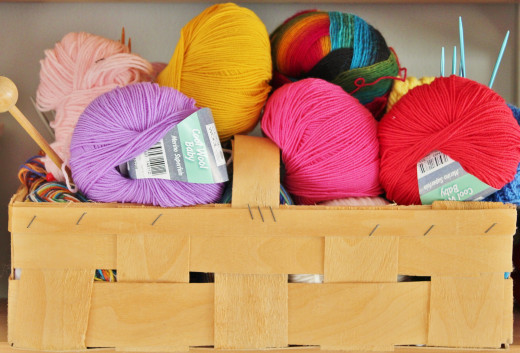
The Purpose of Organizing Products
Organizing products should make it easier to retrieve and put away items. They may also keep items clean and neat.
Drawer organizers that keep things like socks, underwear, and ties neat are useful because they help you see what you have. However, if you aren’t going to roll or fold these items, then a drawer organizer isn’t going to help you retrieve a certain tie or find the socks you want to wear in your hiking boots.
A craft organizer only helps if you use the supplies. If you don’t, then you don’t need to organize them. Think of an organizing product as something that solves a specific problem beyond simply holding stuff.

